Heres Some Camping Tips & Tricks at Your Fingertips
Our Kiefer Campground Blog is the information you need to make your next camping trip even more enjoyable. From RV and camping tips and tricks, to amazing campfire recipes, to advice on planning your next trip... the information below is here to help you. And please, feel free to comment and share your experiences, knowledge and favorite recipes. At Kiefer Campground, we are a family and all here to help each other enjoy the great outdoors to the fullest!
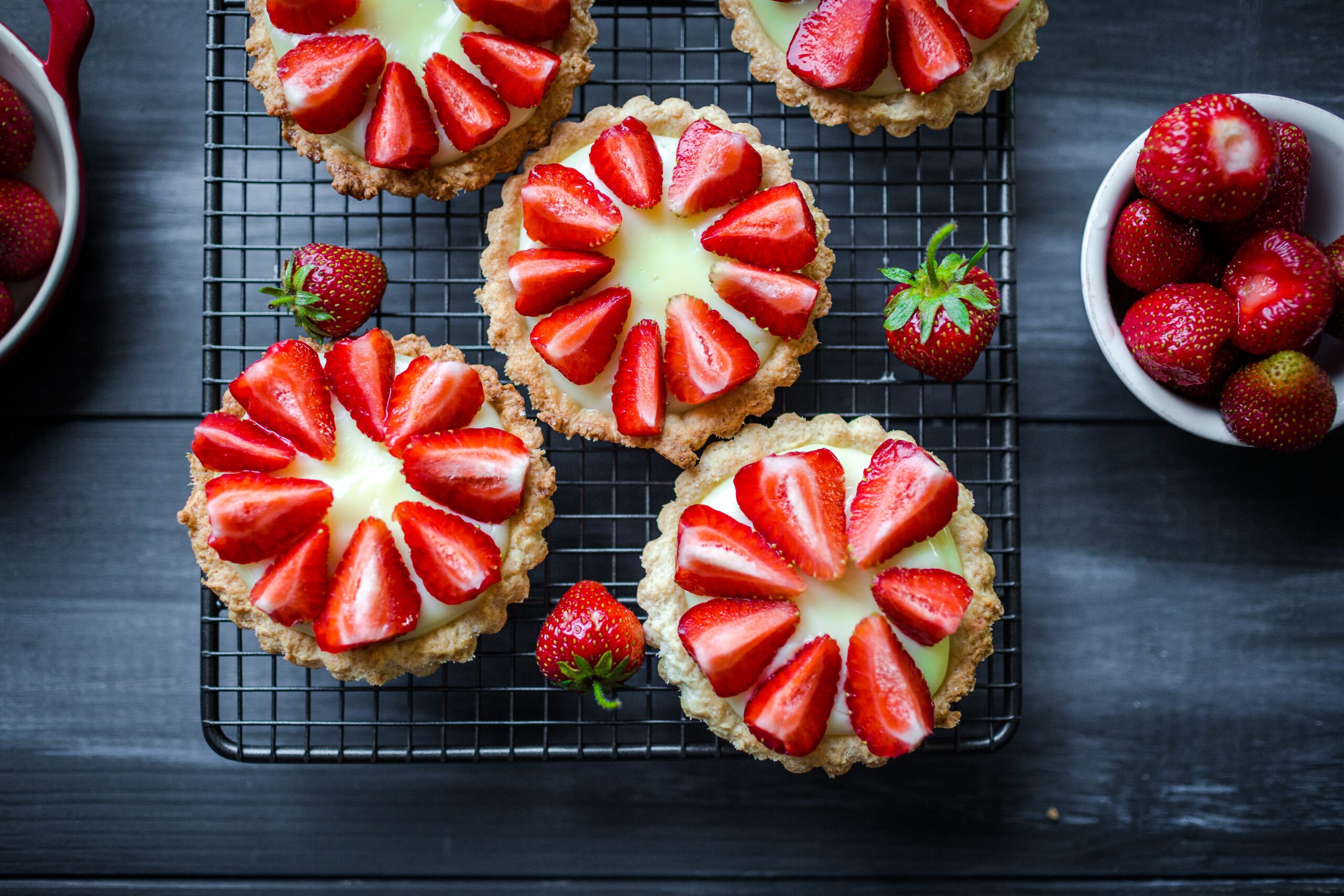
🍓 Strawberry Shortcake Recipe
Here’s a classic strawberry shortcake recipe that’s simple, delicious, and perfect for spring or summer camping trips!
Servings: 6
Prep Time: 20 minutes
Cook Time: 15 minutes
Total Time: 35 minutes
Ingredients
For the Strawberries:
- 1 lb fresh strawberries, hulled and sliced
- 1/4 cup granulated sugar
For the Shortcakes:
- 2 cups all-purpose flour
- 1/4 cup granulated sugar
- 1 tbsp baking powder
- 1/2 tsp salt
- 1/2 cup cold unsalted butter, cubed
- 2/3 cup whole milk (plus more if needed)
- 1 tsp vanilla extract
- 1 egg (optional, for brushing)
For the Whipped Cream:
- 1 cup heavy whipping cream
- 2 tbsp powdered sugar
- 1 tsp vanilla extract
Directions
- Prepare the Strawberries:
- In a bowl, toss sliced strawberries with 1/4 cup sugar.
- Let sit at room temperature for at least 20 minutes to macerate (juices will form).
- In a bowl, toss sliced strawberries with 1/4 cup sugar.
- Make the Shortcakes:
- Preheat oven to 425°F (220°C). Line a baking sheet with parchment paper.
- In a large bowl, whisk flour, sugar, baking powder, and salt.
- Cut in butter with a pastry cutter or fork until it resembles coarse crumbs.
- Add milk and vanilla. Stir gently just until dough comes together—don’t overmix.
- Drop dough by large spoonfuls (or shape into 6 round biscuits) onto baking sheet.
- Optional: Brush tops with a beaten egg for golden color.
- Bake for 12–15 minutes or until golden brown. Cool slightly.
- Preheat oven to 425°F (220°C). Line a baking sheet with parchment paper.
- Make the Whipped Cream:
- In a chilled bowl, beat cream, powdered sugar, and vanilla until soft peaks form.
- In a chilled bowl, beat cream, powdered sugar, and vanilla until soft peaks form.
- Assemble:
- Slice shortcakes in half horizontally.
- Spoon strawberries over the bottom half, add a generous dollop of whipped cream, then top with the other half of the shortcake.
- Optional: Add more strawberries and cream on top!
- Slice shortcakes in half horizontally.
Bring this refreshing sweet shortcake with you on your next camping trip to Camp Lakewood Campground!
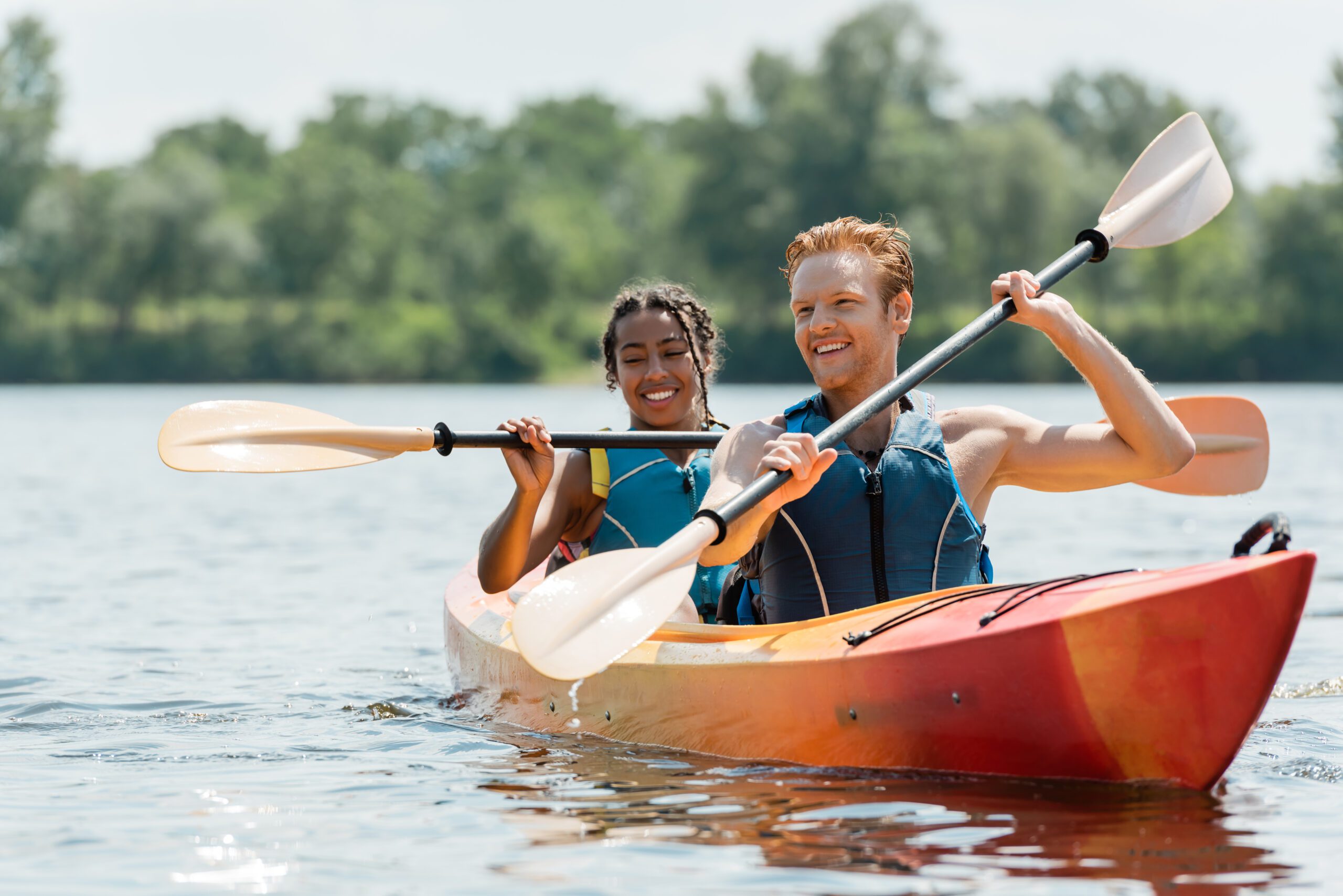
Best Outdoor Camping Activities
Here’s a list of the best outdoor camping activities that are fun for all ages and help you make the most of your time in nature:
🌲 Classic Nature Adventures
- Hiking – Explore nearby trails and get some exercise while enjoying scenic views.
- Fishing – Whether from shore or a boat, it’s peaceful and rewarding.
- Wildlife Watching – Bring binoculars and keep an eye out for birds, deer, raccoons, or whatever’s native to the area.
- Stargazing – With little light pollution, campgrounds are perfect for spotting constellations and shooting stars.
🔥 Campground Fun
- Campfire Cooking – Roast hot dogs, make s’mores, or try foil packet meals.
- Storytelling or Ghost Stories – Classic around the fire at night.
- Sing-Alongs or Acoustic Jam Sessions – If someone brings a guitar, even better.
- Glow Stick Tag – Especially fun for kids after dark.
🧭 Games & Challenges
- Scavenger Hunt – Create a list of things to find in nature.
- Capture the Flag – Great for big groups with open space.
- Cornhole, Ladder Toss, Frisbee – Easy-to-pack yard games.
- Geocaching – A modern treasure hunt using GPS.
🧘♀️ Relax & Recharge
- Hammock Lounging – Just chill and read a book or nap.
- Sketching or Photography – Nature is a perfect muse.
- Yoga or Meditation – A peaceful way to start or end the day.
🚣♂️ Water-Based Fun (if near a lake or river)
- Kayaking or Canoeing
- Swimming
- Skipping Stones
- Paddleboarding
Try any of these activities next time you stay at Camp Lakewood Campground or Salina Campground!
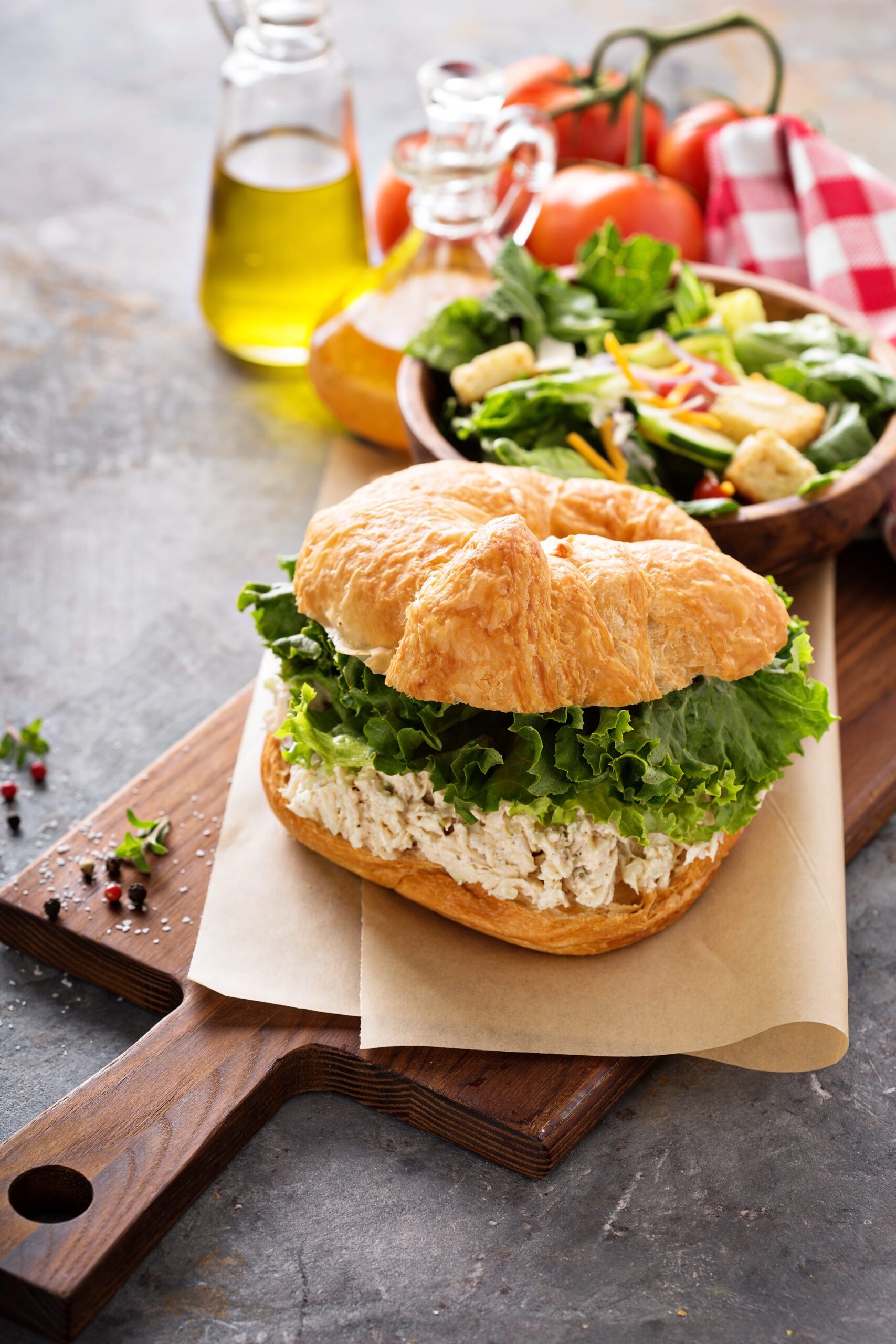
Chicken Salad Sandwiches
Here’s a simple and delicious Chicken Salad Sandwich recipe:
Ingredients
- 2 cups cooked chicken, shredded or chopped
- ½ cup mayonnaise (adjust to taste)
- 1 teaspoon Dijon mustard (optional)
- 1 celery stalk, finely chopped
- ¼ cup red onion, finely chopped
- ¼ cup grapes, halved (or dried cranberries for sweetness)
- ¼ cup chopped pecans or almonds (optional, for crunch)
- 1 teaspoon lemon juice
- Salt and black pepper, to taste
- 4 slices of bread, croissants, or sandwich rolls
- Lettuce leaves (optional)
Instructions
- In a large bowl, combine the chicken, mayonnaise, Dijon mustard, celery, red onion, grapes, nuts (if using), and lemon juice.
- Stir well until all ingredients are evenly coated.
- Season with salt and black pepper to taste.
- Chill in the refrigerator for about 15–30 minutes for the flavors to meld.
- Serve on bread, croissants, or sandwich rolls with lettuce for extra crunch.
Enjoy your homemade Chicken Salad Sandwich at Camp Lakewood Campground! 🥪
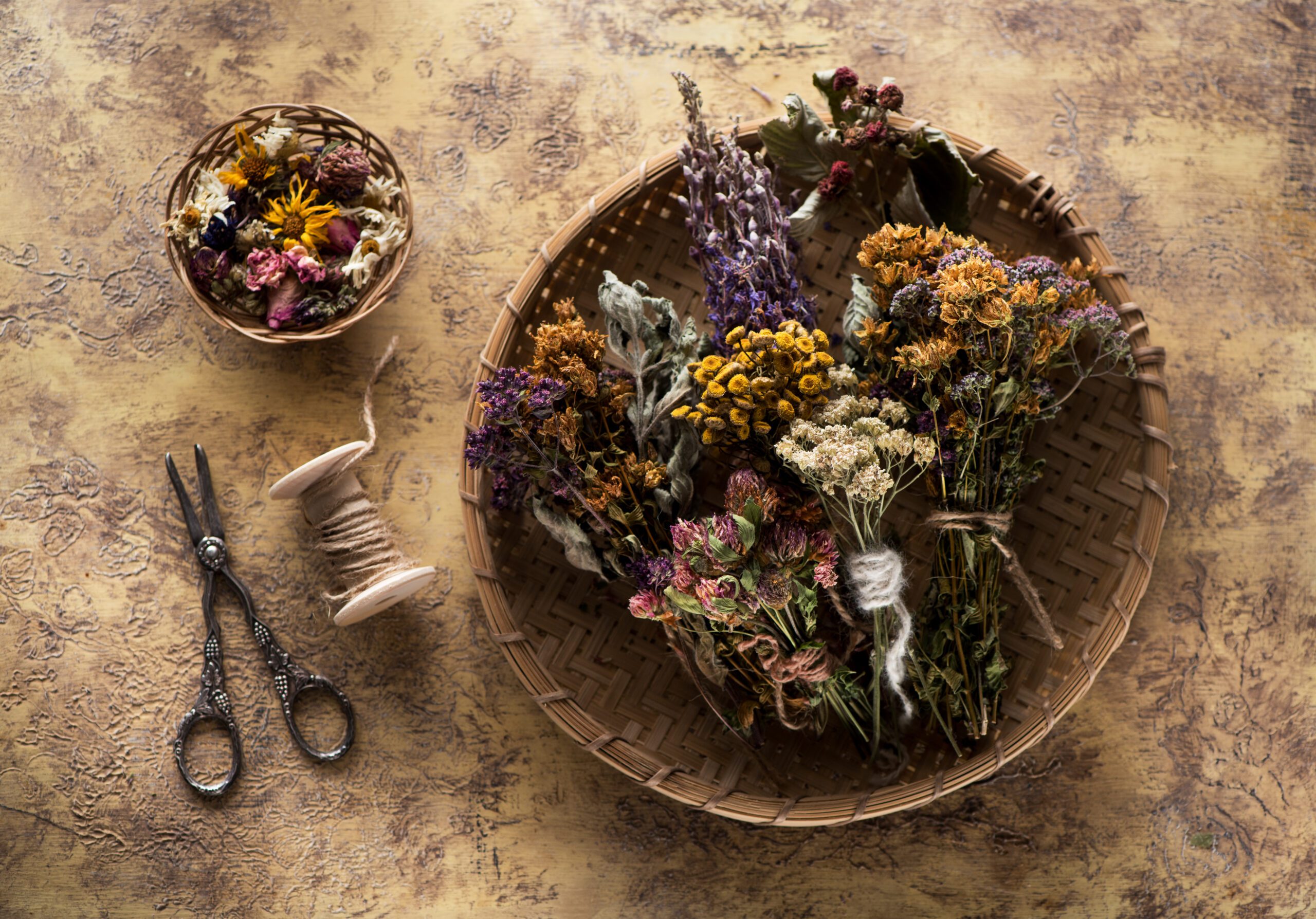
How to Preserve Things Found On Your Camping Trip
Preserving items from your camping trip depends on what you’ve collected—whether it’s plants, flowers, leaves, rocks, wildlife observations, or other natural keepsakes. Here are some tips for different types of finds:
1. Flowers & Leaves
- Pressing: Place leaves or flowers you want to preserve between wax paper inside a heavy book for 1-2 weeks.
- Laminating: Once dried, laminate for bookmarks or decorations.
- Resin Encasing: Embed in resin to create keychains, coasters, or jewelry.
2. Rocks & Minerals
- Cleaning: Wash with mild soap and water; scrub with a brush if needed.
- Sealing: Use a clear sealant or mineral oil to enhance colors.
- Labeling: Keep a small notebook or tag them with the location and date.
3. Pinecones, Bark, & Nuts
- Drying: Spread on newspaper and air-dry.
- Baking: Heat in an oven at 200°F for 30 minutes to kill pests.
- Sealing: Apply clear varnish to prevent decay and to preserve.
4. Feathers & Animal Findings (Non-Living)
- Cleaning: Soak in a mild bleach solution, then rinse and dry.
- Displaying: Frame or place in shadow boxes.
- Legal Considerations: Research laws about keeping feathers, bones, or shells, as some (like eagle feathers) are illegal to possess.
5. Photos & Journaling
- Photo Album: Print and organize your best shots.
- Scrapbooking: Combine pictures, notes, and small dried items in a scrapbook.
- Digital Memory Book: Create an online journal or blog post.
6. Wildlife Sightings
- Sketching: Draw animals or plants in a nature journal.
- Writing Notes: Record behaviors, habitats, and times of day.
- Apps: Use apps like iNaturalist to log observations without taking anything from nature.
Try this with your findings next time you stay at Camp Lakewood Campground!

Campfire Croissant Sandwiches
These warm, flaky croissant sandwiches are perfect for a cozy campsite breakfast or lunch. They’re easy to customize with your favorite fillings and can be cooked over a campfire or grill.
Ingredients (Makes 4 sandwiches):
- 4 croissants (store-bought or homemade)
- 4 slices of ham, turkey, or bacon
- 4 slices of cheese (cheddar, Swiss, or provolone)
- 4 eggs (optional)
- 2 tbsp butter (for toasting)
- Mustard, mayonnaise, or other condiments (optional)
- Aluminum foil
Instructions:
- Prepare the Sandwiches:
- Slice the croissants in half.
- Add a slice of cheese and your choice of meat.
- If using eggs, scramble or fry them in a pan over the fire and place them inside the croissant.
- Add any condiments you like.
- Wrap for the Fire:
- Close the croissants and spread a little butter on the outside.
- Wrap each sandwich tightly in aluminum foil.
- Cooking Over the Fire:
- Place the wrapped sandwiches on a grill grate over the fire or directly on hot embers.
- Heat for 5–10 minutes, flipping occasionally, until the cheese is melted and the croissant is warm and crispy.
- Serve & Enjoy:
- Carefully unwrap the sandwiches and let them cool slightly before eating.
- Pair with campfire coffee or hot cocoa for a perfect campsite meal!
Customization Ideas:
- Sweet Version: Spread croissants with Nutella, peanut butter, or fruit preserves and add sliced bananas or strawberries before toasting.
- Savory Upgrade: Add sautéed onions, peppers, or spinach for extra flavor.
- Breakfast Boost: Swap the meat for sausage or smoked salmon.
Try these sandwiches during your next stay at Camp Lakewood Campground!

Best Gadget and Tools to Take With You While Camping in the Winter
Winter camping requires extra preparation and the right gear to stay warm, safe, and comfortable. Here are some of the best gadgets and tools to take with you:
Essential Gadgets & Tools
- Portable Power Bank – To keep your phone, GPS, and other devices charged.
- Solar Charger – A backup power source if you’re off-grid for extended periods.
- Battery-Powered Hand Warmers – Reusable and effective for keeping hands warm.
- LED Headlamp or Flashlight – Essential for hands-free lighting; go for one with a red light mode to preserve night vision.
- Multi-Tool or Camping Knife – For cutting wood, opening cans, and other survival needs.
- GPS Device – Especially useful when hiking in snowy or low-visibility conditions.
- Two-Way Radio – Great for areas with poor cell service.
- Portable Weather Radio – To stay updated on changing conditions.
- Fire Starter (Waterproof Lighter, Ferro Rod, or Matches) – Vital for warmth and cooking.
- Compact Snow Shovel – Helps with clearing snow from your campsite or digging out stuck gear.
- Insulated Water Bottle/Thermos – Prevents water from freezing and keeps beverages hot.
- Ice Spikes or Crampons – For safer hiking on icy trails.
- Sleeping Bag Liner (Heated Optional) – Adds extra warmth inside your sleeping bag.
- Portable Wood Stove or Propane Heater – Safe for outdoor use and can be lifesaving in extreme cold.
Comfort & Shelter Enhancements
- 4-Season Tent with Snow Skirt – Designed to handle heavy snow and strong winds.
- Cold-Weather Sleeping Bag (-0°F Rated) – Keeps you warm even in extreme temperatures.
- Insulated Sleeping Pad – Prevents body heat loss to the ground.
- Heat Packs (Disposable or Rechargeable) – Perfect for gloves, boots, and sleeping bags.
- Portable Camp Stove with Wind Guard – Ensures you can cook even in harsh conditions.
Safety & Emergency Gear
- First Aid Kit with Hypothermia Supplies – Includes thermal blankets and hand warmers.
- Bear Spray (if in bear country) – Some bears may still be active in winter.
- Avalanche Beacon & Probe – Essential for backcountry camping in snow-prone areas.
- Traction Chains or Tire Inflator – In case your vehicle gets stuck in the snow.
- Personal Locator Beacon (PLB) – Sends distress signals if you’re lost or in danger.
Bring some of your best gadgets next time you go camping at Camp Lakewood Campground!
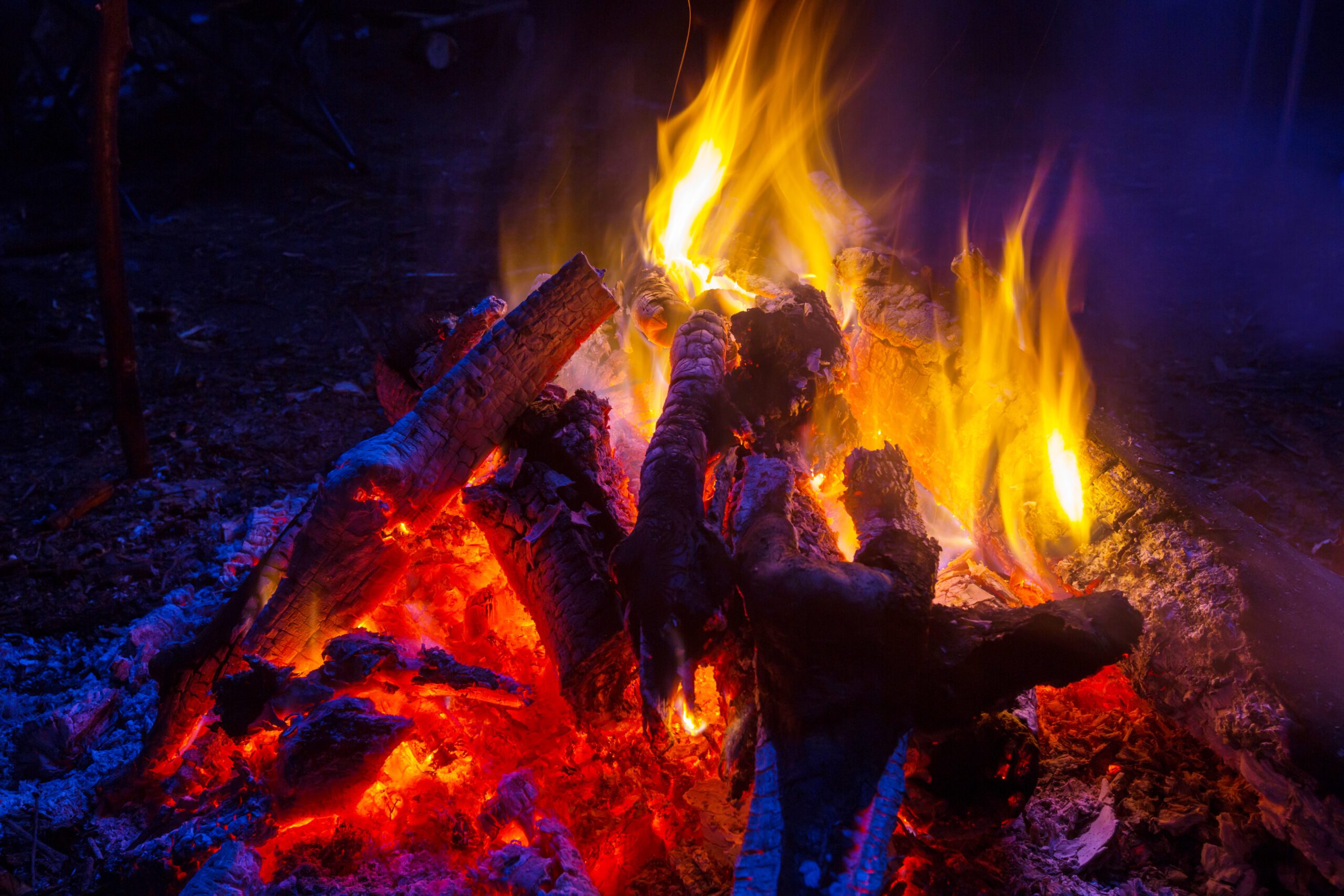
How to Make Your Campfire Last Longer
A cozy, long-lasting campfire is the heart of any camping trip, especially in the winter! Follow these tips to enjoy a warm glow all night long:
1. Pick the Right Firewood
- Hardwoods like oak and hickory, which burn longer and hotter, are ideal.
- Check for dry, seasoned wood to avoid smoky, inefficient fires. (Bonus: Our camp store might have firewood if you’re in need!)
2. Build Your Fire Like a Pro
- Try a log cabin or teepee style to encourage airflow and steady burning.
- Start with tinder and kindling, then add progressively larger logs.
3. Control the Flame
- Too much oxygen can burn wood too quickly, so stack logs thoughtfully.
- Keep the fire contained within the provided fire ring for both safety and efficiency.
4. Use Nature to Your Advantage
- Stack rocks or logs as a reflector wall behind your fire to direct heat back toward your campsite.
5. Feed It Slowly
- Avoid piling on large amounts of wood all at once. Gradually add logs to maintain a steady flame.
6. Bank Your Fire Before Bed
- Before you call it a night, gently rake the embers into a mound or cover them with ash. This preserves the heat and makes restarting your fire in the morning a breeze!
7. Consider Long-Burning Additions
- For extra-long nights, add a fire log or charcoal to supplement your wood.
8. Stay Safe and Enjoy
- Always monitor your fire and make sure it’s fully extinguished before leaving your campsite or turning in for the night.
Whether you’re roasting marshmallows or just soaking in the warmth, these tips will keep your campfire burning longer and make your nights at Camp Lakewood unforgettable! We offer firewood at our supplies store!
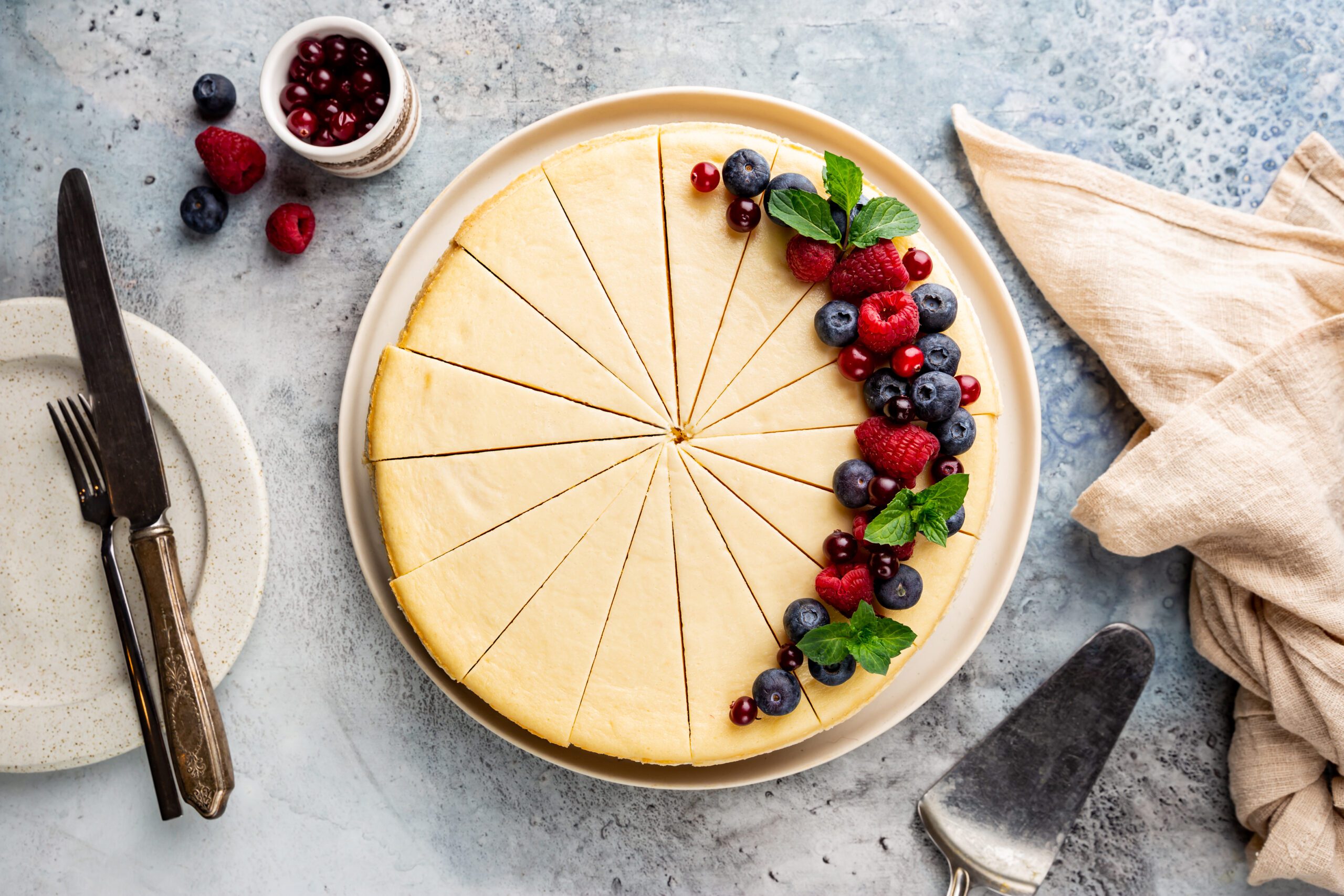
Protein Cheesecake Recipe
Here’s a simple and delicious Protein Cheesecake Recipe to satisfy your sweet tooth while staying on track with your fitness goals:
Ingredients
Crust (optional):
- 1 cup graham cracker crumbs (or almond flour for a lower-carb option)
- 2 tbsp coconut oil or unsalted butter, melted
- 1 tbsp sweetener (e.g., Stevia, monk fruit, or your choice)
Filling:
- 16 oz (450 g) fat-free or low-fat cream cheese (softened)
- 1 cup nonfat Greek yogurt
- 2 large eggs
- 1 scoop (30-40 g) vanilla or unflavored protein powder (whey or casein)
- 1/2 cup sweetener (adjust to taste)
- 1 tsp vanilla extract
- 1 tbsp lemon juice (optional, for a tangy flavor)
Toppings (optional):
- Fresh berries
- Sugar-free chocolate drizzle
- Light whipped cream
Instructions
- Prepare the Crust (optional):
- Preheat your oven to 325°F (165°C).
- Mix the crust ingredients in a bowl until combined. Press the mixture evenly into the bottom of a springform pan (7–9 inches) lined with parchment paper.
- Bake the crust for 8-10 minutes, then let it cool.
- Make the Filling:
- In a large mixing bowl, beat the cream cheese until smooth and creamy.
- Add Greek yogurt, sweetener, eggs, protein powder, vanilla extract, and lemon juice. Mix until well combined, avoiding over-mixing to prevent cracks.
- Bake the Cheesecake:
- Pour the filling over the crust (or directly into a greased pan if skipping the crust).
- Place the springform pan in a larger baking dish. Add hot water to the larger dish until it reaches halfway up the sides of the cheesecake pan (water bath method to prevent cracking).
- Bake for 40–50 minutes or until the edges are set, but the center is slightly jiggly.
- Cool and Chill:
- Turn off the oven and let the cheesecake cool inside for 30 minutes with the door slightly ajar.
- Remove from the oven and cool to room temperature before refrigerating for at least 4 hours (preferably overnight) to set.
- Serve and Enjoy:
- Slice, add your favorite toppings, and enjoy a high-protein treat!
Nutrition (per slice, assuming 8 slices, no toppings, crust made with almond flour):
- Calories: ~150–180
- Protein: ~15–20g
- Carbs: ~5–10g
- Fat: ~5–8g
Enjoy this healthy sweet treat at Camp Lakewood Campground!
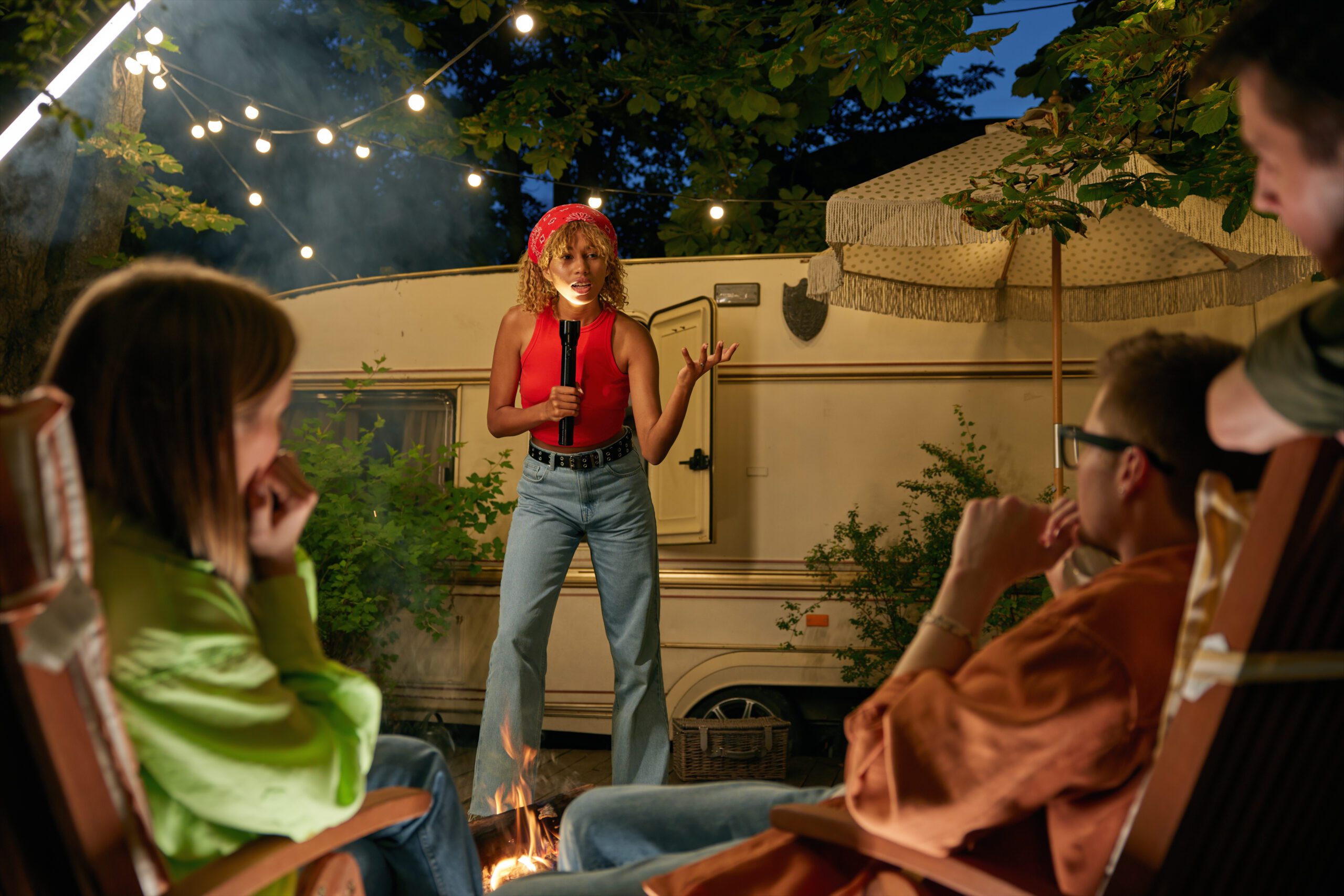
Themes for Camping to Make Your Adventures More Interesting!
There are lots of themes you can go with but here are a few ideas!
1. Stargazing Spectacle
What to Do:
- Bring a telescope or binoculars.
- Identify constellations and planets.
- Share space-themed stories or myths around the campfire.
Extras: Glow-in-the-dark decorations, star-shaped snacks.
2. Pioneer Adventure
What to Do:
- Embrace pioneer-style camping by building a DIY shelter.
- Cook food over an open fire.
- Teach basic survival skills like knot-tying or fire-starting.
Extras: Period costumes or props for fun photos.
3. Treasure Hunt
What to Do:
- Set up a scavenger or geocache hunt around the campsite.
- Use a pirate theme for added fun—maps, riddles, and “treasures.”
Extras: Small rewards or medals for participants.
4. Campfire Cook-Off
What to Do:
- Plan a cooking competition with campfire-friendly recipes.
- Judge dishes based on creativity, taste, and presentation.
Extras: Aprons, themed utensils, or trophies.
5. Nature Photographer’s Retreat
What to Do:
- Bring cameras or smartphones for a photography challenge.
- Focus on wildlife, landscapes, or macro shots of plants.
Extras: Create a mini-gallery of your best photos at camp.
6. Mystery at the Campsite
What to Do:
- Set up a murder mystery or escape room-style challenge.
- Create characters, clues, and puzzles for campers to solve.
Extras: Costumes and props to enhance the storyline.
7. Retro Campout
What to Do:
- Use retro gear like lanterns, plaid blankets, and tin mugs.
- Play classic outdoor games like horseshoes or sack races.
Extras: A playlist of oldies or sing-along campfire songs.
8. Wildlife Watchers Weekend
What to Do:
- Create a checklist of local animals and birds.
- Practice using binoculars or set up a wildlife camera.
Extras: A nature journal for everyone to record their sightings.
9. Camp Carnival
What to Do:
- Set up simple carnival-style games (ring toss, bean bag toss).
- Include activities like face painting or sack races.
Extras: Small prizes or snacks like popcorn and cotton candy.
10. Storytellers’ Circle
What to Do:
- Share spooky, funny, or inspiring stories around the campfire.
- Host a storytelling competition with different categories.
Extras: Use flashlights or props to enhance the atmosphere.
Try using these themes during your next stay at Camp Lakewood Campground!

What To Put In a Nature Journal to Document a Trip
Creating a nature journal to document your trip is a wonderful way to capture memories and observations. Here are some things you can include:
1. Date and Location
- Date: Record the specific date of your visit.
- Location: Note the exact location, including any trails, parks, or landmarks.
2. Weather Conditions
- Temperature: Include the temperature range during your visit.
- Weather: Note if it was sunny, cloudy, rainy, etc.
- Wind: Mention if it was windy and from which direction.
3. Flora and Fauna Observations
- Plants: Describe any plants or trees you see. Include sketches, photographs, or pressed leaves/flowers.
- Animals: Document any animals you encounter, such as birds, insects, mammals, or reptiles.
- Tracks: Draw or photograph any tracks or signs of animals.
4. Sounds
- Bird Calls: Write down or describe any bird songs or calls you hear.
- Rustling Leaves: Note the sound of wind through trees or rustling leaves.
- Insects: Mention the buzzing of insects or other sounds.
5. Scents
- Flowers: Describe the smell of any flowers or plants.
- Earth: Note the scent of the earth after rain or in the morning.
6. Scenery Descriptions
- Landscape: Write about the landscape, including mountains, rivers, forests, etc.
- Colors: Describe the colors you see, such as the shades of green in the trees or the blue of the sky.
7. Sketches and Drawings
- Nature Sketches: Draw the plants, animals, or landscapes you observe.
- Maps: Create a small map of the area you explored.
8. Pressed Plants or Leaves
- Samples: Collect small, non-invasive samples of leaves or flowers to press and include in your journal.
9. Personal Reflections
- Feelings: Write about how the surroundings make you feel.
- Memories: Note any memories or thoughts that come to mind during your time in nature.
10. Photographs
- Nature Photography: Include photos of the scenery, animals, or plants.
- Selfies: Add personal photos to capture your presence in the environment.
11. Interesting Finds
- Rocks or Shells: Document any interesting rocks, shells, or natural objects you find.
- Unique Discoveries: Write about any unique or unexpected things you encounter.
12. Activities
- Hiking or Walking: Describe the trails or paths you took.
- Picnicking: Note if you had a picnic and what you ate.
13. Local History or Folklore
- Historical Notes: Include any historical facts or stories related to the area.
- Folklore: Document any local legends or folklore connected to the location.
14. Post-Trip Reflections
- Summary: Reflect on the overall experience after the trip.
- Lessons Learned: Write down any lessons or insights gained from the trip.
This comprehensive approach will help you create a rich and personal record of your nature trip at Camp Lakewood Campground, one that you can look back on for years to come.
Family owned and operated, Kiefer Campgrounds strive to offer you the best rates for a comfortable location with outstanding service, and spotless facilities. When you stay in one of our parks, you are no longer just a happy camper, but a part of our family! We are most certain you will enjoy your stay with us. Pick your favorite location and book your spot now before it’s too late! You’ll be happy you did!



